Deck Aviation in World War II: New Airplanes. Part IX
After developing an improved modification of the K5 B2N1939 carrier-based torpedo bomber in XNUMX, which became one of the main characters in the Japanese deck attack aviation Pearl Harbor December 7, 1941, at the company Nakajima began to create a new torpedo bomber, which was supposed to replace him in the future.
Torpedo bombers B5N2 "Kate" is attacking American ships in Pearl Harbor Bay 7 December 1941 of the year (Fig. From the site www.askwallpapers.com)
The main requirement of the Aviation Administration to the prospective car was to improve the flight performance (maximum flight speed at least 463 km per hour, cruising speed - 370 km per hour and flight range with a combat load of at least 1850 km). The weapon parameters were planned to remain unchanged (800 kg of combat load and one defensive 7.7-mm machine gun).
In flight, a pair of torpedo bombers "Nakajima" B6N1 "Tenzan" (Fig. From the site www.ulysses77.ru)
When creating a new torpedo bomber, the Nakajima designers took as a basis the glider of its predecessor, the B5N2, without any significant improvements in its aerodynamics. Due to a more powerful power plant (80%), it was planned to achieve higher flight characteristics. The developers decided to install a proprietary 1870-horsepower 14-cylinder Nakajima NK7A Mamoru-11 air-cooled engine on a torpedo bomber, ignoring the recommendations of the Imperial Aviation Administration fleet (Mitsubishi engine "Kasei-25").
Torpedo "Nakajima" B6N1 "Tenan" with the engine "Mamoru-11" (Photo site www.warbirdphotographs.com)
The Nakajima engine of the NK7A Mamoru-11 turned out to be quite raw, its refinement was delayed. The first flight of the prototype, which is a three-seat all-metal monoplane with a retractable landing gear, took place only in the autumn of 1941. For the convenience of placing on the aircraft carrier aircraft lift, the aircraft keel was tilted slightly forward. The wing consoles were folded upwards alternately: first the right and then the left.
Torpedo "Nakajima" B6N1 "Tenzan" with folded wings (Photo site wiki.gcdn.co)
The combat load was placed under the fuselage on the bomb racks: one 800-kg torpedo (or bomb) or 1 x500-kg or 2 x250-kg or 6 x60-kg bomb. The defensive armament consisted of one 7.7-mm machine gun on a mobile turret at the gunner-radio operator at the rear of the cabin and one 7.7-mm machine gun in the lower hatch. The stock of jet fuel in unprotected tanks was 1540 liters.
During the first flights revealed insufficient stability of the aircraft. The problem was eliminated by changing the vertical tail - the keel was tilted slightly (by two degrees) to the left. Further tests showed the low reliability of the Mamoru-11 engines and the weak strength of the brake hooks (hooks). Takeoff from small aircraft carriers could be carried out only with the help of a catapult.
Nakajima torpedo bomber B6N1 Tenzan (Fig. From wardrawings.be)
Only in the spring of 1943 of the year, after protracted testing and refinement, the new deck torpedo bomber under the designation "Nakajima" B6N1 "Tenan" ("Heavenly Mountain") was adopted by the Imperial Japanese Navy and launched into mass production. The Allies assigned the codename “Jill” to the new strike aircraft.
B6N1 with a Mamoru-11 engine and a four-bladed propeller in horizontal flight developed a maximum speed of 465 km per hour (at an altitude of 4800 m) and a cruising speed of 333 km per hour. The flight range with combat load was 1463 km, and the practical ceiling was 8650 m.
On serial aircraft increased the brake hook and landing gear, changed the design of the exhaust pipes to eliminate the blinding effect of the exhaust during the night flight. To reduce the take-off distance with a full combat load on the torpedo bombers, if necessary, powder accelerators were installed.
Torpedo "Nakajima" B6N2 "Tenzan" takes off from the deck of an aircraft carrier (Fig. From the site media.digitalpostercollection.com)
To increase the effectiveness of defensive armament, the 7.7-mm machine gun in the lower hatch was mounted on a mobile unit. To increase the survivability of the aircraft, they tried to replace conventional fuel tanks with protected ones. However, the fuel supply decreased by a third and this innovation was abandoned.
Nakajima torpedo bomber B6N2 Tenzan, 1944 (see wardrawings.be website)
After the release of a small series of B6N1 "Tenzan" in 133 units, it was decided to replace the insufficiently reliable engines "Mamoru-11", as well as for unification, with the proven 1850-strong MK4T "Mast-25" of "Mitsubishi".
The new modification of the "Tenzana" with the engine "Kasey-25" received the designation B6N2 and was launched into production in October 1943 of the year. And in November 1944 of the year, the B6N2a modification went into series, in which the upper 7.7-mm was replaced with a more powerful machine gun of the 13.2-mm caliber.
Bomber-torpedo bomber "Nakajima" B6N2 "Tenzan", 1945 (Fig. From the site wp.scn.ru)
More reliable and lighter (on 105 kg) Kasei-25 engines provided the Tenzana with a small increase in maximum speed (482 km per hour). The flight range with the load also increased and amounted to 1746 km (increase in 19%).
Torpedo B6N2 Tenzan with radar Type 3 and 450-mm torpedo (Photo from the book Wieliczko LA [32])
A third of the torpedo bombers B6N2 was equipped with an anti-ship radar Type 3, whose antennas were located on the sides of the rear fuselage and on the front edge of the wing consoles.
Torpedo B6N2 Tenzan with Yagi antennas of the radar Type 3 (Photo site waralbum.ru)
The first major naval operation in which Tenzani participated was the battle in the Philippine Sea in June 1944. The Japanese could not achieve any significant success. The deck aircraft of the Japanese imperial fleet suffered huge losses - more than 300 aircraft (including 60 B6N1 / 2 from 68). Three of the five aircraft carriers were sunk. Subsequently, the Japanese could not compensate for such losses, which later affected the outcome of the battle in Leyte Bay in October 1944, where four more aircraft carriers were sunk.
Torpedo "Nakajima" B6N2 "Tenzan" in the attack under heavy fire shipboard defense, 1944 g. (Fig. Uk.pinterest.com)
Torpedo "Nakajima" B6N2 "Tenzan" at the time of the discharge of a torpedo (Fig. From the site goodfon.ru)
The actual loss by the Japanese side of the carrier fleet led to the deployment of the “Tenzans” along with other carrier-based aircraft at coastal airfields. Low training of pilots, air supremacy of the allies and the powerful air defense system of the American naval units did not allow B6N2 to achieve high combat results and brilliant victories as its predecessor B5N2 "Kate". Since the end of the 1944, the Tenzans, along with the Zero fighters and the Susy (Judy) dive bombers, have been used as kamikaze attack aircraft.
Nakajima torpedo bomber B6N2 "Tenzan" in the museum parking lot, Pennsylvania, USA, August 1970 (Photo by www.airliners.net)
"Nakajima" B6N2 "Tenzan" in the updated museum exhibition, Pennsylvania, USA, today (Photo site www.j-aircraft.com)
In October, the Aichi company began to create a promising carrier-borne strike aircraft, which was supposed to complement the D1941Y diving bomber "Yokosuka" D4Y "Susi" and the NXAJima bomber B6N "Tenzan", and subsequently replace these two with two .
In accordance with the requirements of the Japanese Imperial Fleet aviation control department, the developed universal strike aircraft was supposed to have a high maximum speed (550 - 570 km per hour) and a long range of flight (1800 - 1850 km with a combat load and maximum at 3334 km). A promising aircraft was supposed to have high maneuverability - at the level of the main deck fighter "Mitsubishi" A6M "Zero".
Deck bomber torpedo bomber "Aichi" B7A2 "Ryusy" (Fig. From the site j-aircraftmodel.ru)
The combat load was to be located in the internal bomb bay (two 250-kg bombs) or on the external suspension under the fuselage (one 800-kg torpedo). Small arms should have included a pair of 20-mm cannons (in the front of the fuselage or in the wing) and an 13-mm machine gun on the turret in the rear of the cab.
It was supposed to place a new strike aircraft on large aircraft carriers of the new project (type “Taiho”) and this removed the strict restrictions on the length in 11 m to accommodate aircraft carrier aircraft lifts.
Aichi torpedo bomber В7А1 "Ryusey" (Fig. From wardrawings.be)
The prototype of a torpedo bomber-carrier under the designation "Aichi" B7А1 "Ryussey" ("Shooting Star") made its first flight in May 1942 of the year. It was a double all-metal sredneplan, equipped with an experimental 18-cylinder air-cooled engine “Homar” of the Nakajima company with horsepower 1800.
“Aichi” B7А2 “Rusey” with a characteristic wing fracture (“reverse gull”), 1944 (Photo by website www.warbirdphotographs.com)
The plane received a wing with a kink of the “reverse gull” type, which was explained by the presence of a bomb bay in the fuselage and the small size of the landing gear. This made it possible to provide the necessary clearance between the deck and the circle of rotation of the screw. For ease of placement on the aircraft carrier wing wing folded up.
One of the latest prototypes of Aichi B7A1 “Ryusei”, 1944. (Photo from www.warbirdphotographs.com)
The B7-1 small arms consisted of two 20-mm guns mounted in the wings and one 7.92-mm machine gun on a movable turret in the rear of the cab.
Americans captured "Aichi" B7A2 "Rusey" before testing in the United States, 1945. (Photo from www.warbirdphotographs.com)
During the tests, the 7-1 Rusey reached a maximum speed of 590 km per hour. At the same time, insufficient maneuverability and difficulties in piloting the new aircraft were revealed. The elimination of the identified deficiencies and the revision of the "raw" powerplant is strongly delayed. A total of nine prototypes were built, the design of which made small changes to strengthen the fuselage and improve the controllability of the aircraft.
Sustainable operation of the power unit “Ryusei” was achieved only with the installation of a new 1825-powerful engine “Homar-12”.
Aichi torpedo bomber В7А2 "Ryusey" (Fig. From wardrawings.be)
The serial production of the V7А2 “Ryusey” deck torpedo-carrier bomber (codenamed by the Grace allies) began only in May 1944 and continued until May 1945, when the main production facilities were destroyed by a strong earthquake. A total of 105 B7A2 serials were built.
With the engine "Homar-12" "Grace" developed the maximum speed in horizontal flight in 565 km per hour (at an altitude of 6550 m). The flight range with a load was 1800 km, and the practical ceiling was 11250 m.
The first B7А2 serials retained 7.92-mm machine guns on the rear defensive turret, but later on there were installed 13-mm machine guns stated in the requirements.
Torpedo "Aychi" В7А2 "Rusey" is preparing for a combat flight at the coastal airfield, 1945, the city (Photo site scalemodels.ru)
In the summer of 1944, when B7А2 "Ryussey" was put into service, the Japanese Imperial fleet no longer had ships on which they could be stationed. "Taiho" (the most powerful and perfect in design aircraft carrier of the Japanese fleet) was killed in the first battle, torpedoed by an American submarine in June 1944, near the Mariana Islands. In November of the same year, during the passage over the sea to the place of completion, the aircraft carrier Shinano was torpedoed and sunk (the largest aircraft carrier of the second world war, originally founded as the third battleship of the Yamato type).
B7A2 “Ryussey” torpedo bombers before a sortie, 752 Kokutai, 1945 (photo of www.warbirdphotographs.com)
All entered service B7A2 operated from coastal airfields in the area of the city of Yokosuka as part of 752 Kokuti and the Yokosuka air group. There is no reliable information about the effectiveness and results of their combat use in the open press.
In flight, the torpedo bomber "Aichi" В7А2 "Ryusy" (Fig. From the site goodfon.ru)
Possessing excellent speed characteristics and high maneuverability, the B7А2 “Ryussey” was an outstanding aircraft in its class. However, the built small series and entered the combat units in the last months of the war, "Ryusy" could not reveal its combat potential and have a significant impact on the outcome of hostilities.
Aichi torpedo bomber В7А2 "Ryusey" (Fig. From www.findmodelkit.com)
From the comparative table below, the characteristics of the deck torpedo bombers of the main warring parties in the Pacific theater of operations show that by the end of the Second World War, the Japanese aircraft manufacturers were able to create aircraft that are not inferior, and in some respects, superior to their American counterparts. We could see a similar picture in the row of deck dive bombers.
However, delays in the development, refinement and introduction of new models of deck-based aircraft into serial production constantly harassing the Japanese aircraft manufacturers led to the fact that they, having excellent characteristics, came into combat units of naval aviation too late and could not affect the outcome of the war.
References:
1. Shant K., Bishop. Aircraft carriers. The most formidable aircraft carriers of the world and their planes: The Illustrated Encyclopedia / Trans. from English / - M .: Omega, 2006.
2. Beshanov V.V. Encyclopedia of aircraft carriers / Under the general editorship of AE Taras - Moscow: AST, Minsk: Harvest, 2002 - (Library of military stories).
3. Polmar N. Aircraft carriers: The 2 T.T.1 / Trans. from English A. Propulsion Patients. - M .: LLC Publishing AST, 2001. - (Military history library).
4. Patients A.G. Aircraft carriers. Illustrated Encyclopedia - M .: Yauza: Eksmo, 2013.
5. Frederick Sherman. War in the Pacific. Aircraft carriers in combat - M .: LLC Publishing House AST, 1999. - (Military history library).
6. Kudishin I.V. Deck fighters of the Second World War - Moscow: Astrel Publishing House LLC: AST Publishing House LLC, 2001.
7. Haruk A.I. Fighters of the Second World War. The most complete encyclopedia - M .: Yauza: Eksmo, 2012.
8. Haruk A.I. Attack aircraft of the Second World War - attack aircraft, bombers, torpedo bombers - M .: Yauza: EKSMO, 2012.
9. Haruk A.I. A comet bearing death. Deck D4Y "SUISEY". Fleet 2008-01.
10. British military aircraft of World War II / Ed. D. Marcha; Per. from English Mv Konovalov / - M .: AST, 2002.
11. American planes of World War II (1939-1945). / Ed. D.Donald; Per. from English S. Vinogradov and M. Konovalov - Moscow: Astrel Publishing House LLC: AST Publishing House LLC, 2002.
12. Ivanov S.V. Grumman "Avenger". War in the air (Part 1-No. 98, Part 2 No. 99) - Beloretsk: ARS LLC, 2003.
13. Ivanov S.V. SB2C "Helldiver". War in the air (№121) - Beloretsk: ARS LLC, 2004.
14. Ivanov S.V. SBD "Dauntless". War in the air (№129) - Beloretsk: ARS LLC, 2005.
15. Ivanov S.V. D3A "Val" B5N "Kate" strike aircraft of the Japanese fleet. War in the air (№25) - Beloretsk: ARS LLC, 2000.
16. Doroshkevich O. Aircraft of Japan of the Second World War - Minsk: Harvest, 2004.
17. Kravchenko V.Ya. Torpedo Bomber Fairy “Barakuda” - Kharkov: Akustik Cooperative, 1992.
18. Kondratyev V. Pied Grebe. Diving bomber "Curtiss" SB2C "Helldiver". Avimaster 4-2003.
19. Okolelov N., Chechin A. From a biplane to a monoplane. Deck Scout CURTISS SB2C HELLDIVER. Model-Designer №1 2002.
20. Firsov A. Aviation of Japan in the second world war. Parts of 1-3. Aviation collection №4. TsAGI, 1996.
21. Peter C. Smith. Douglas SBD Dauntless. Printed in Great Britain, 1997.
22. Bert Kinzey. SBD Dauntless in detail & scale. DS48.
23. David Brazelton. The Douglas SBD Dauntless (Aircraft Profile 196) - Profile Publications Ltd, 1967.
24. Robert Stern, Don Greer. SB2C Helldiver in action. Aircraft No.54 - Squadron / signal publications inc., 1982.
25. David Mondey. The Concise Guide to American Aircrafts of World War II. Chancellor Press, 2006.
26. Peter M. Bowers. Curtiss Aircraft 1907-1947 - Putnam, 1979.
27. Barrett Tillman, Tom Tullis. Helldiver Units of World War 2 - Osprey Publishing, 1997.
28. MC Richards, Donald S. Smith. Aichi D3A (Val) & Yokosuka D4Y (Judy) Carrier Bombers of the IJNAF (Aircraft Profile 241) - Profile Publications Ltd, 1972.
29. RJ Francillon. Japanese Aircraft of the Pacific. Putman & Company. London-1970.
30. Letadla 1939-45. Stihaci A Bombardovaci Letadla Japonska dil 1. Plzen, 1998.
31. Letadla 1939-45. Stihaci A Bombardovaci Letadla Japonska dil 2. Plzen, 2000.
32. Wieliczko LA Nakajima B6N '' Tenzan '' - Famous Airplanes No. 3 (polish-english publication) - Lublin: KAGERO, 2003.
Internet resources:
http://www.airwar.ru;
http://pro-samolet.ru;
http://wp.scn.ru;
http://deviantart.net ;
http://www.aviastar.org;
http://wardrawings.be/WW2;
http://www.axis-and-allies-paintworks.com;
http://www.airpages.ru;
http://www.airaces.ru.
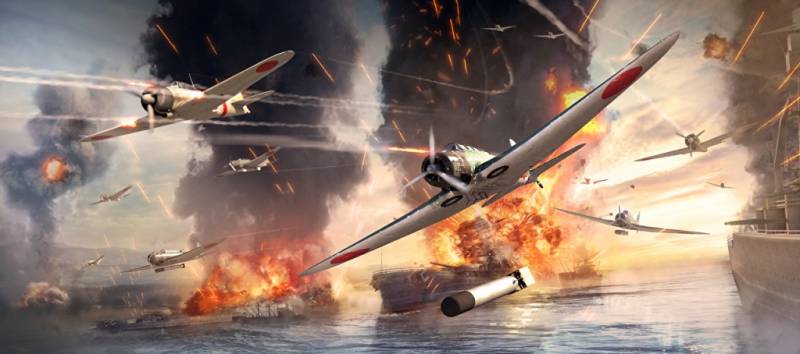
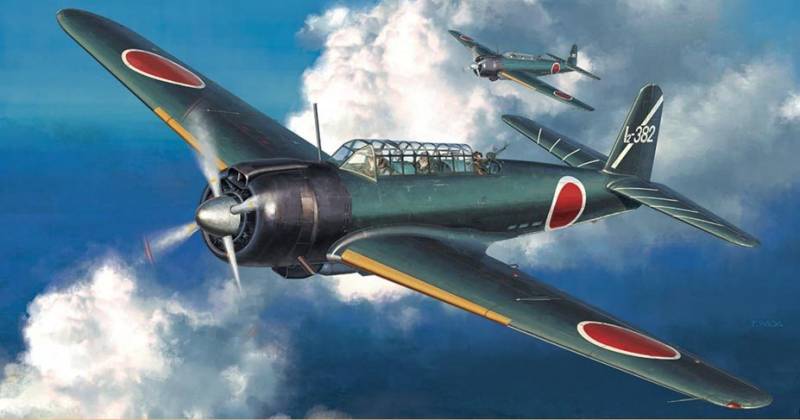
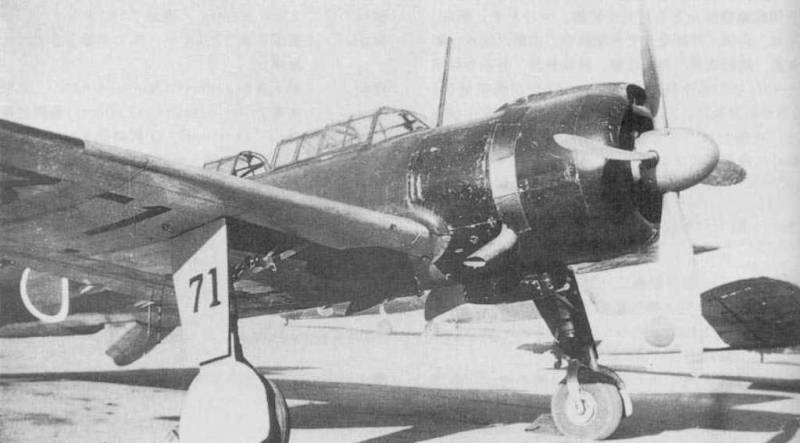
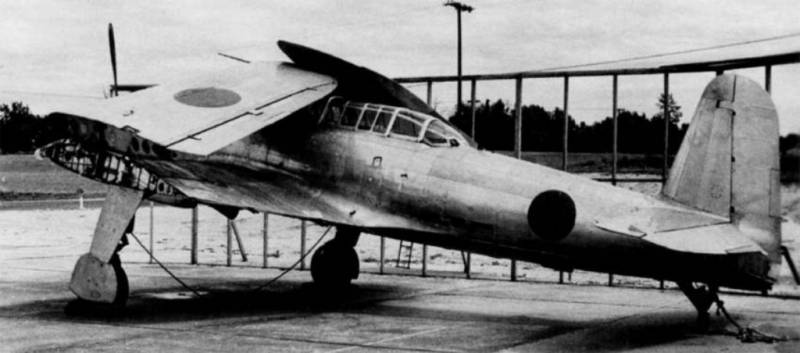
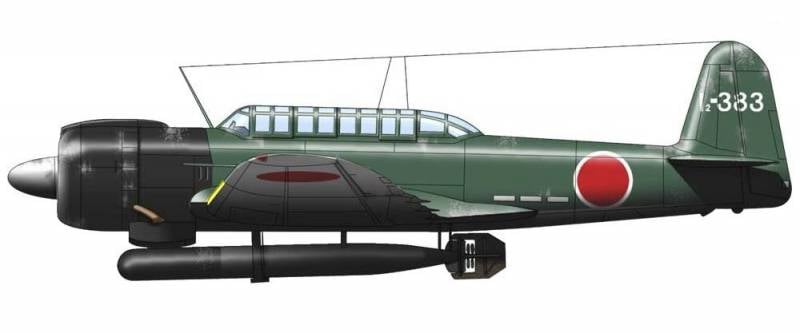
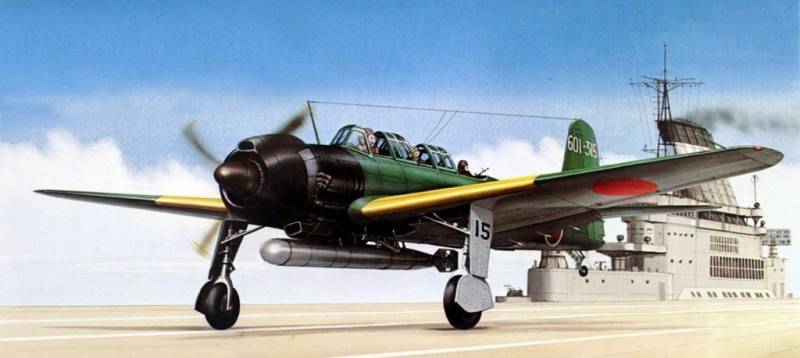
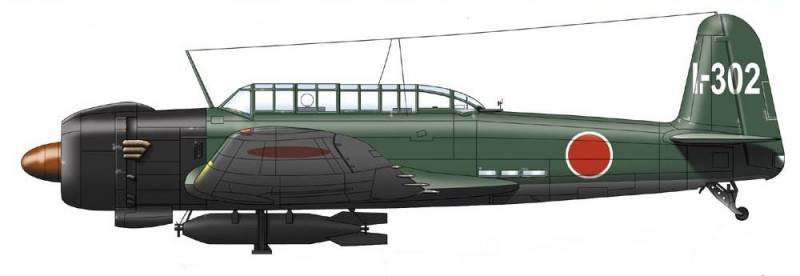
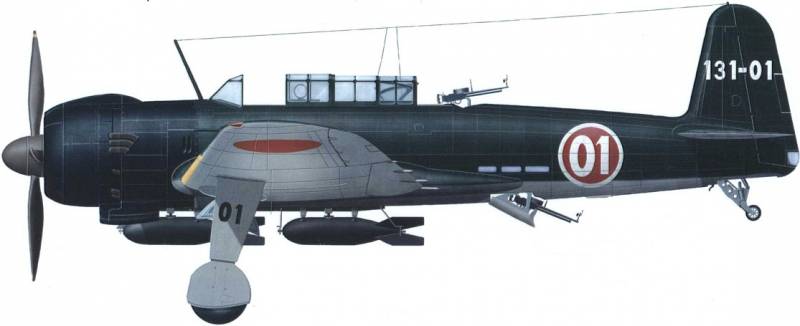
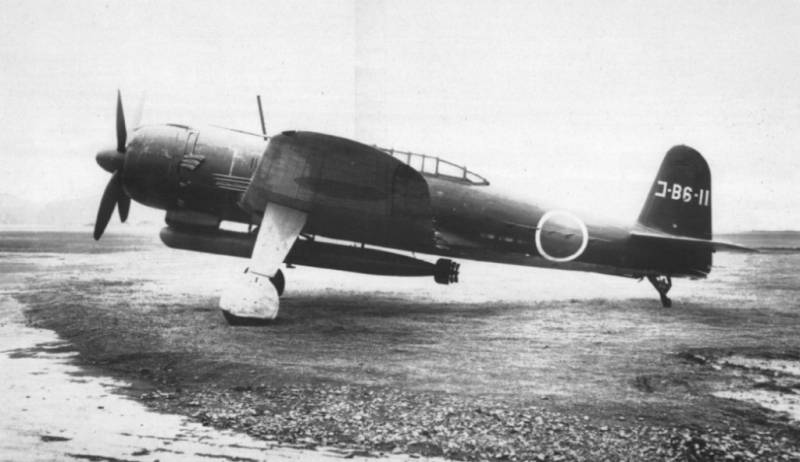
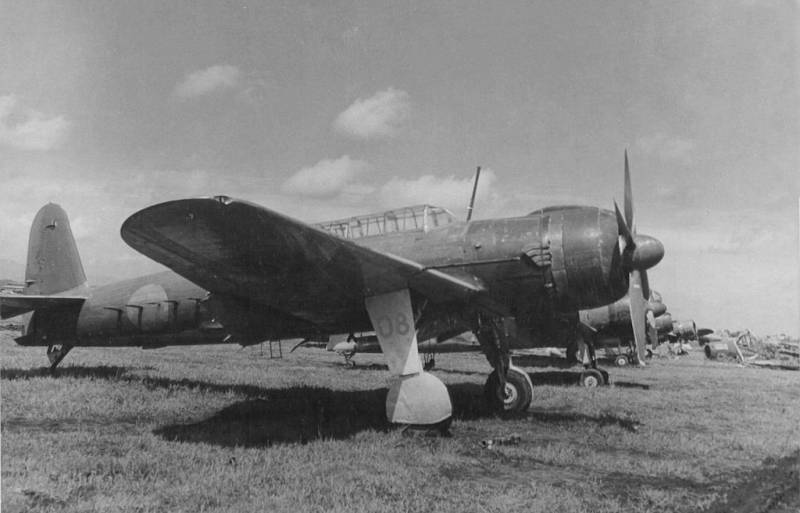
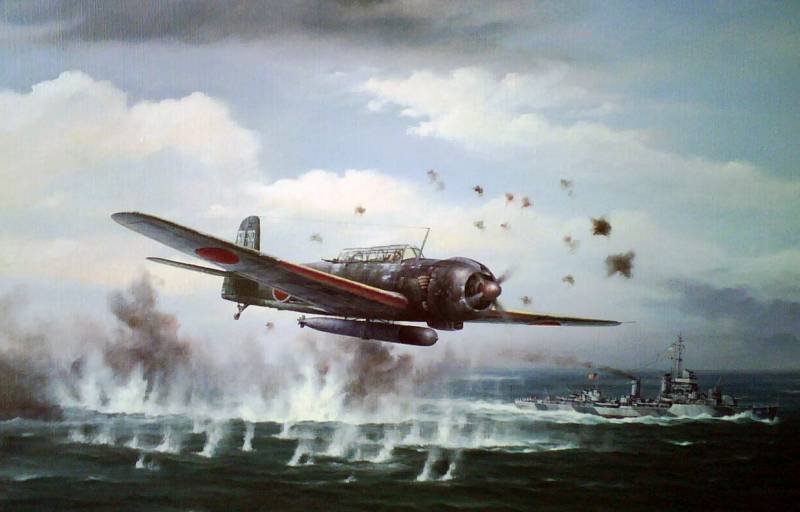
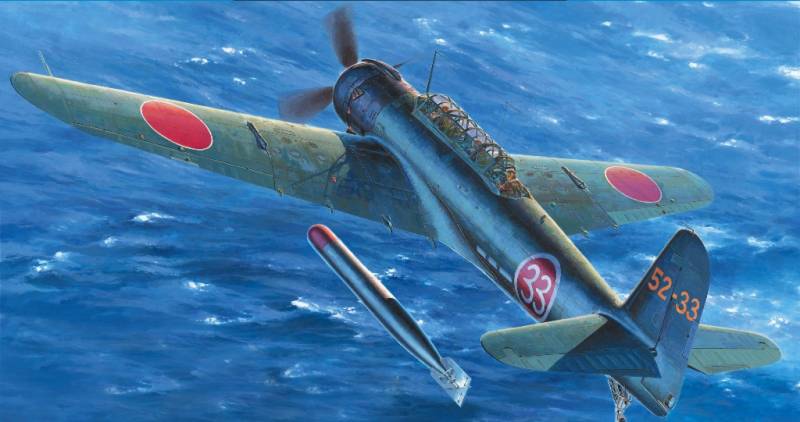
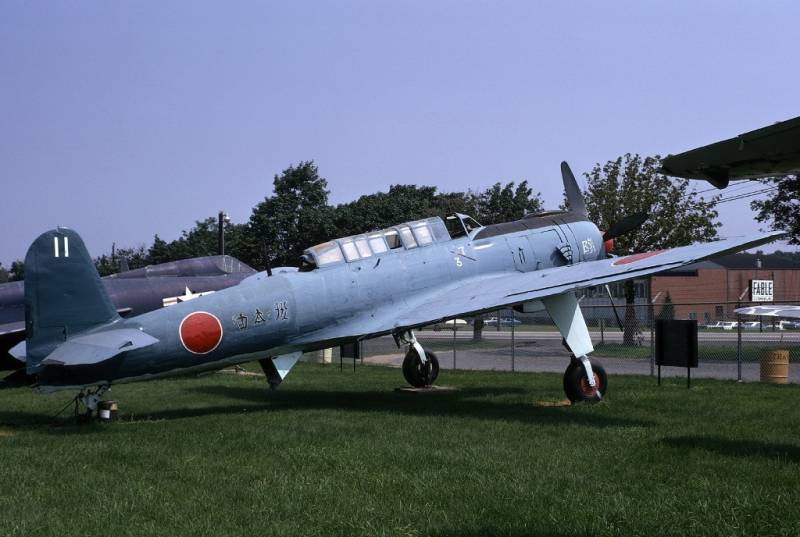
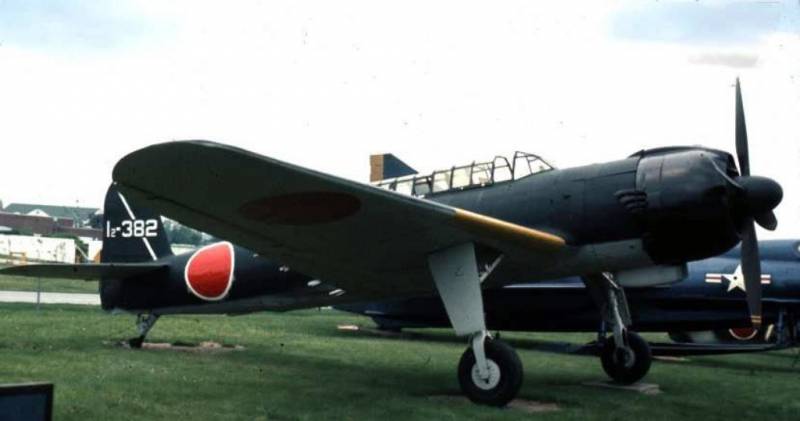
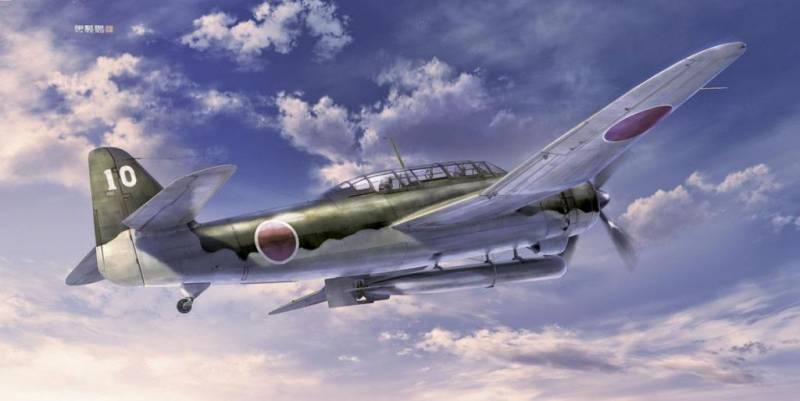
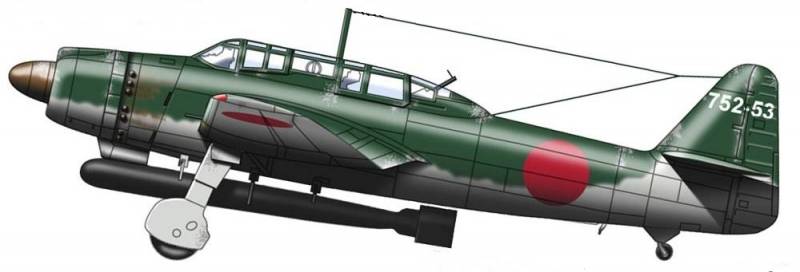
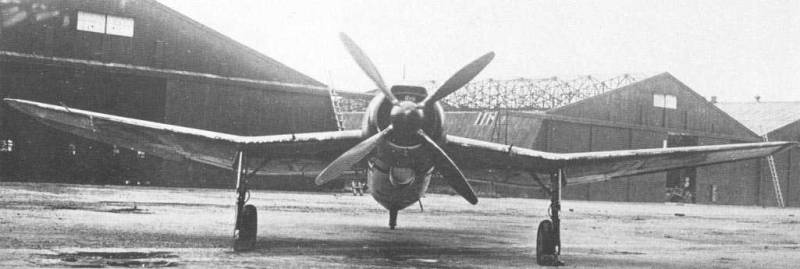
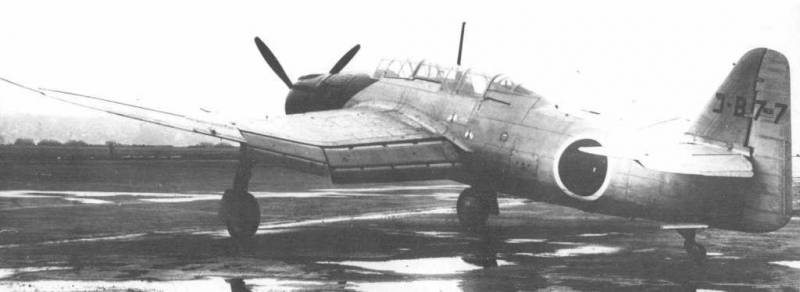
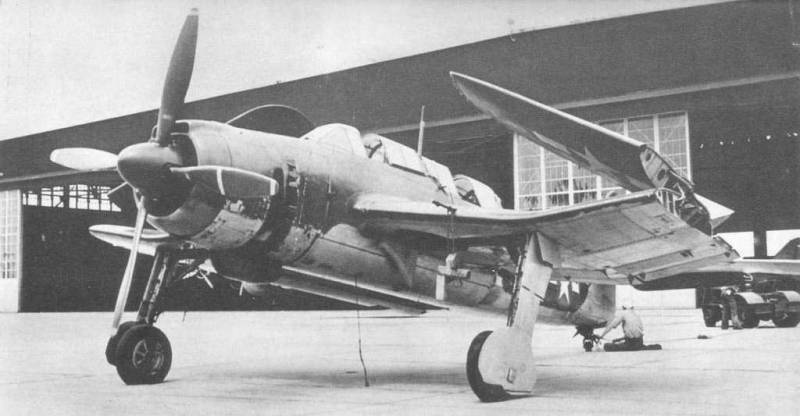
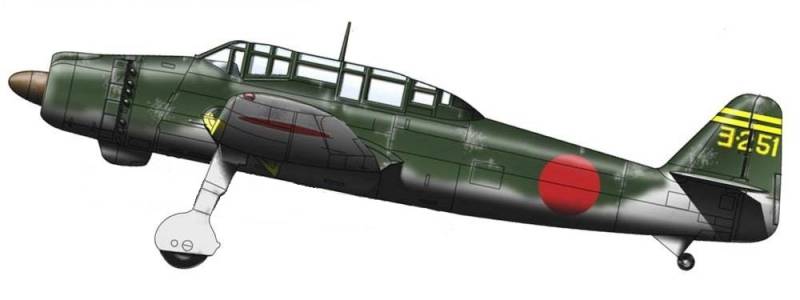
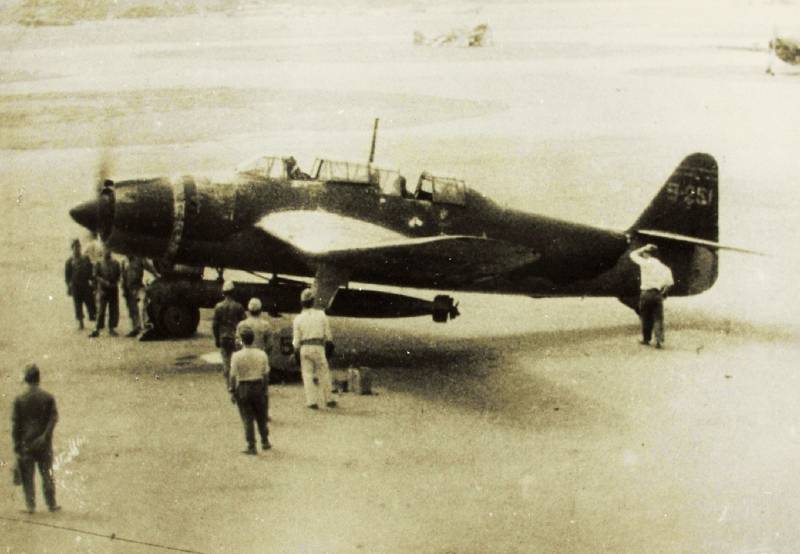
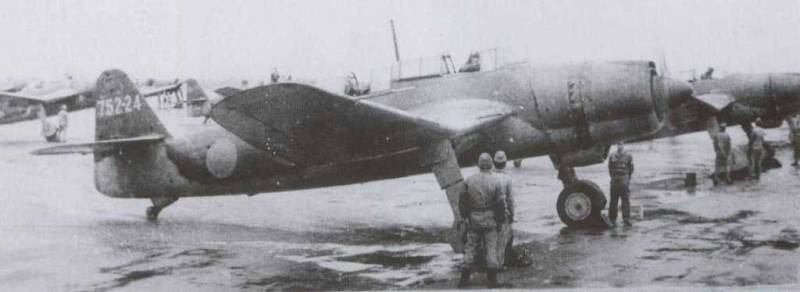
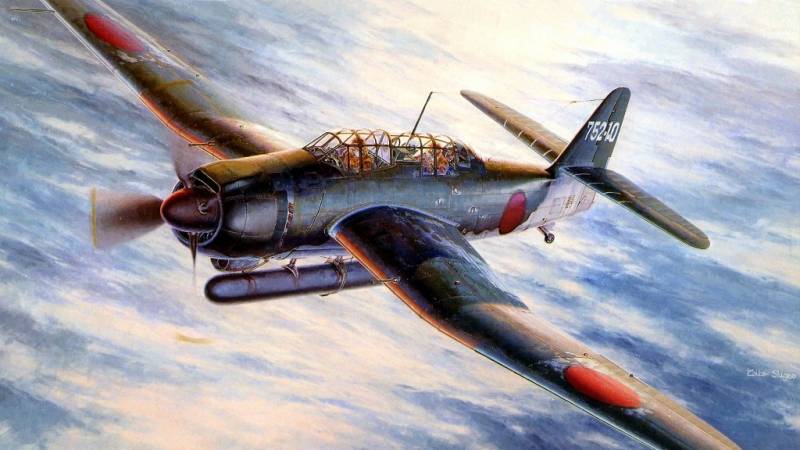
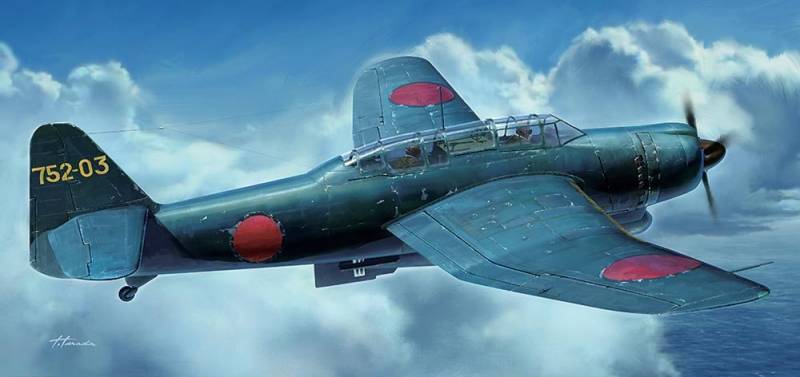
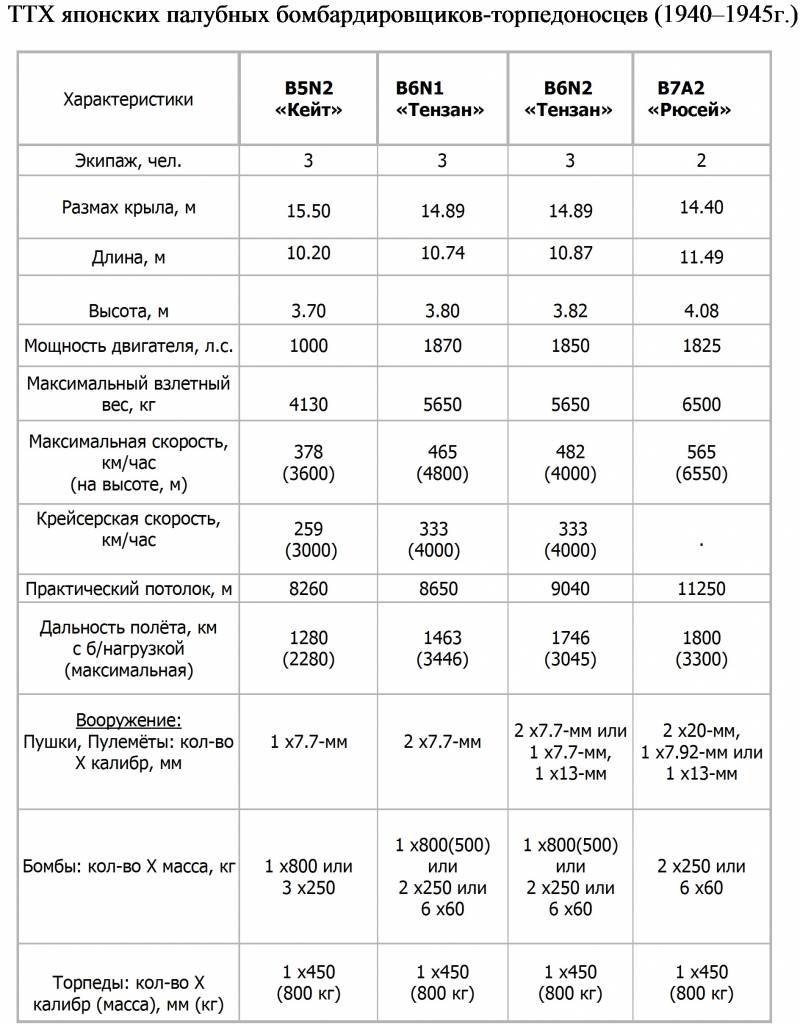
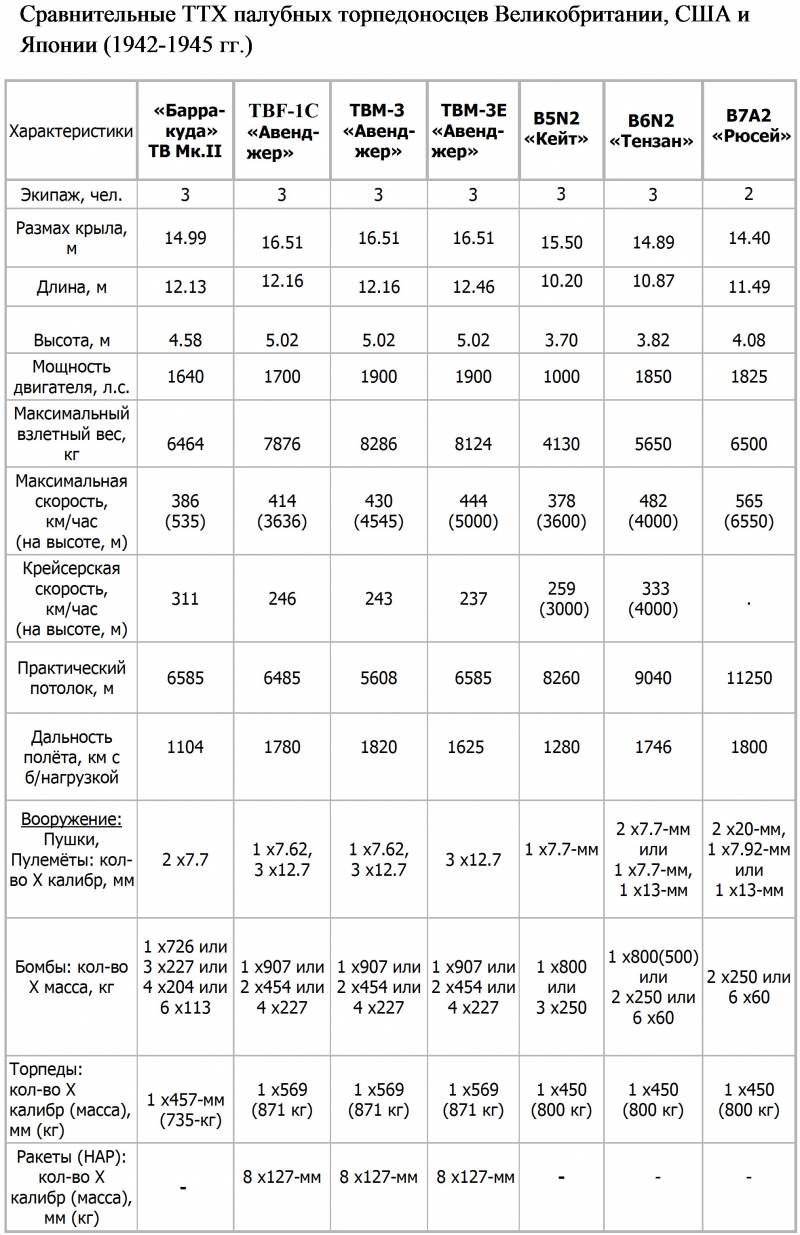
Information